There’s a certain kind of warmth that fills the home of someone who grew up poor, a mix of practicality, pride, and quiet resilience. It’s not the smell of new paint or the gleam of polished marble that welcomes you, but the soft familiarity of things that have lived many lives. Every object has a purpose, every repair tells a story, and nothing is ever truly wasted. These homes hold echoes of the resourcefulness of people who learned how to make something out of nothing, and joy out of enough. The walls may not shine, but they carry the glow of endurance, gratitude, and love that no luxury can buy.
1. Reused Plastic Bags and Containers

Step into any kitchen of someone who grew up poor, and you’ll spot it right away: the stash of saved bags and repurposed containers stacked neatly or tucked in drawers. Grocery bags are used as trash liners, butter tubs become storage bowls, and old jars find new life holding sugar, screws, or spices. This habit wasn’t born from environmentalism; it was survival. When money was tight, nothing was thrown away that could be reused. Over time, it became second nature, an act of thrift wrapped in quiet pride. Even decades later, these containers linger, not out of need but because the instinct to preserve never fades.
2. Furniture That’s Been “Fixed” Too Many Times

In these homes, furniture isn’t just furniture, it’s a timeline of repairs and resilience. The dining table might be a little uneven, its legs nailed and re-nailed. The sofa may have seen more than its share of covers, patched seams, and springs that sigh when you sit. Yet these aren’t eyesores; they’re cherished survivors. People who grew up poor didn’t replace things when they broke; they mended them, repurposed them, kept them alive. Each fix became a symbol of perseverance. Even now, they’ll tell you proudly, “It still works.” And in that simple sentence lies a whole philosophy of endurance.
3. The “Just in Case” Drawer

It’s the drawer that never quite closes, filled with buttons, batteries, rubber bands, and random keys that probably fit nothing anymore. Outsiders might call it clutter, but to those who grew up poor, it’s a toolbox of potential. Every item inside once had a use and might again someday. When you’ve known scarcity, you don’t throw away possibility. That drawer represents resourcefulness and security, a quiet comfort that if something breaks, you might already have the fix. It’s the ultimate metaphor for growing up without much: saving, preparing, and believing that even the smallest things can have purpose again.
4. Hand-Me-Down Linens and Towels

There’s a kind of intimacy to hand-me-down linens, the thin towels softened by years of washing, the bedsheets with fading floral prints from another decade. For someone who grew up poor, new linens were rare luxuries. You used what you had, what others gave, what could be mended one more time. It wasn’t about appearances; it was about comfort and care. Clean was enough. Every blanket carried a bit of family history, a scent of familiarity, a connection to those who came before. Even now, these items often stay in, not out of necessity, but because they feel like home.
5. DIY Fixes Everywhere

If you look closely, you’ll find creativity in every corner: a chair leg bound by wire, a window sealed with tape, or a shelf held up by repurposed wood. These homes are museums of ingenuity. People who grew up poor became natural problem-solvers, using whatever they had to make life work. There’s beauty in that kind of resilience, and an unspoken pride in knowing you don’t always need new tools or parts to fix what’s broken. Even after life improves, the instinct remains. They’ll still say, “Why buy a new one? This one’s fine.” Because fixing became a mindset, not a phase.
6. Old Appliances That Just Won’t Quit
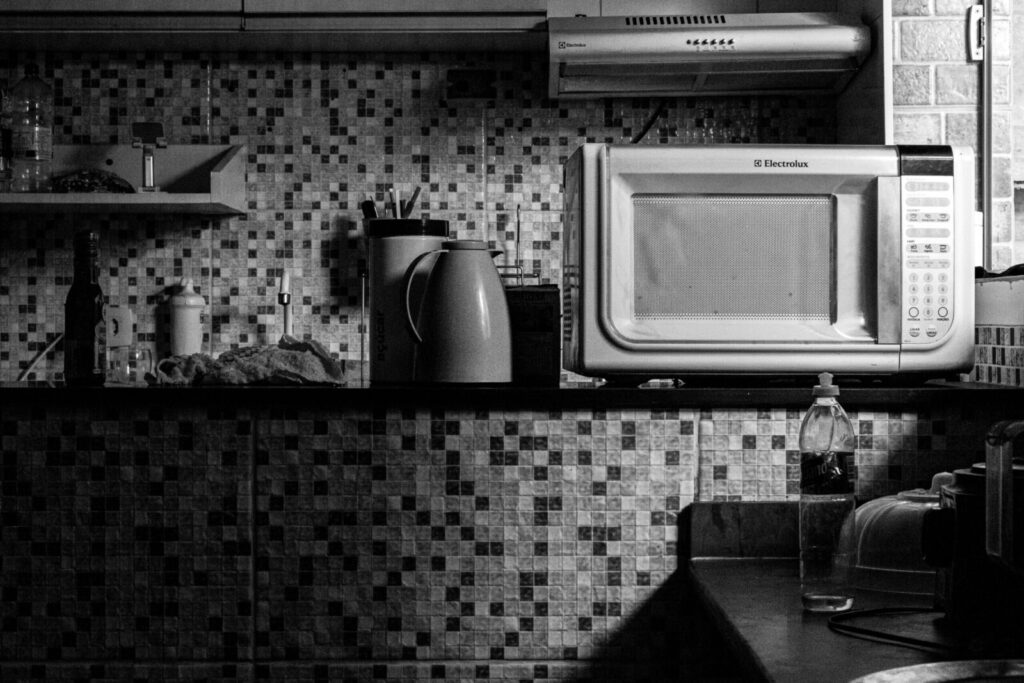
Every home like this has one of those ancient washing machines that thuds and groans but still gets the job done. The fan that hums louder than it spins. The refrigerator is older than the youngest child. These aren’t just machines; they’re family veterans. They’ve survived decades of daily use, repairs, and gratitude. Replacing them isn’t an urgent matter; if it still works, it stays. People who grew up poor learned to respect endurance, not aesthetics. When you’ve lived through times where breaking meant doing without, every extra year of service feels like a small miracle of its own.
7. Homemade Cleaning Solutions

Before the era of brightly packaged sprays and fragrant wipes, cleaning meant creativity: vinegar for glass, baking soda for stains, lemon for freshness. Those who grew up poor became chemists in their own right, mixing inexpensive ingredients into powerful remedies. The result? Homes that gleamed without ever needing name-brand products. These mixtures represented something deeper: independence. It proved that you didn’t need money to maintain pride in your space. Even now, many continue these habits not because they have to, but because simplicity, once learned, is hard to unlearn. Cleanliness, after all, never needed a label.
8. Old Photographs and Frames That Don’t Match
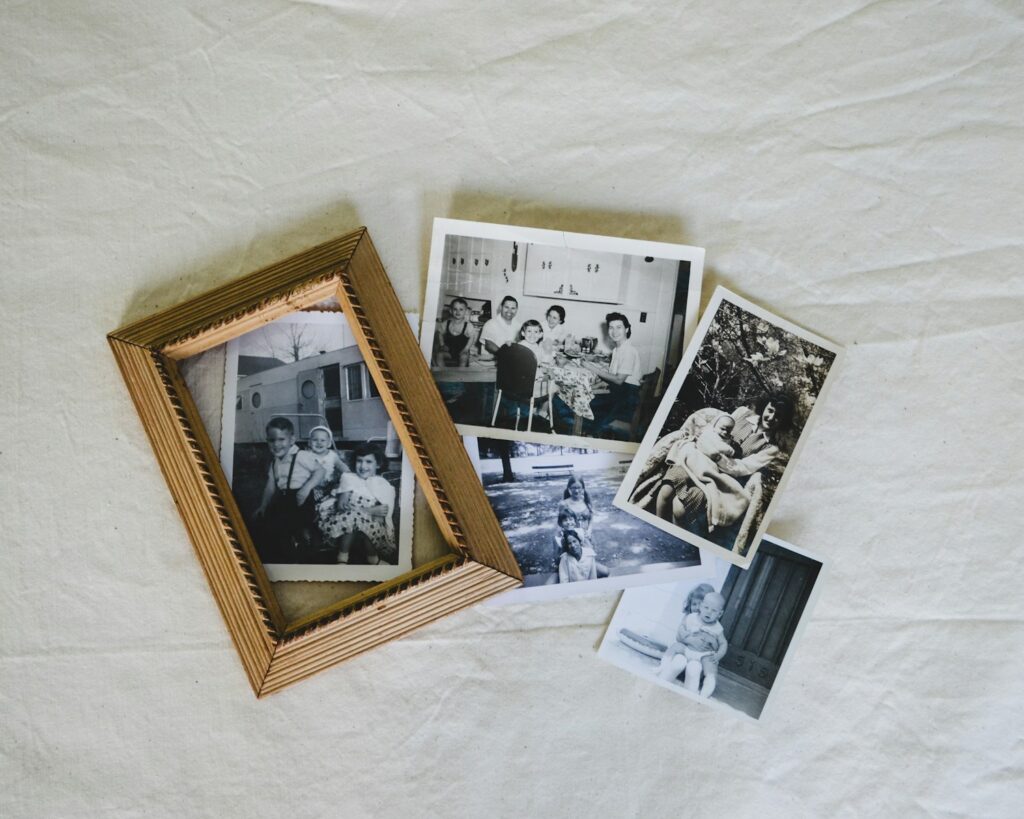
Walls in these homes are decorated not with art, but with life. You’ll see school portraits in mismatched frames, old Polaroids pinned to walls, and faded wedding photos beside crayon drawings from children long grown. It’s a collage of family history, imperfect, heartfelt, and irreplaceable. For people who grew up poor, photographs were treasures. They froze moments that might never come again. They reminded you of where you came from and who you loved. It didn’t matter if the frames matched; what mattered was that the memories stayed visible, grounding everyone in gratitude and belonging.
9. A Stockpile of Expired Cans or Food Staples
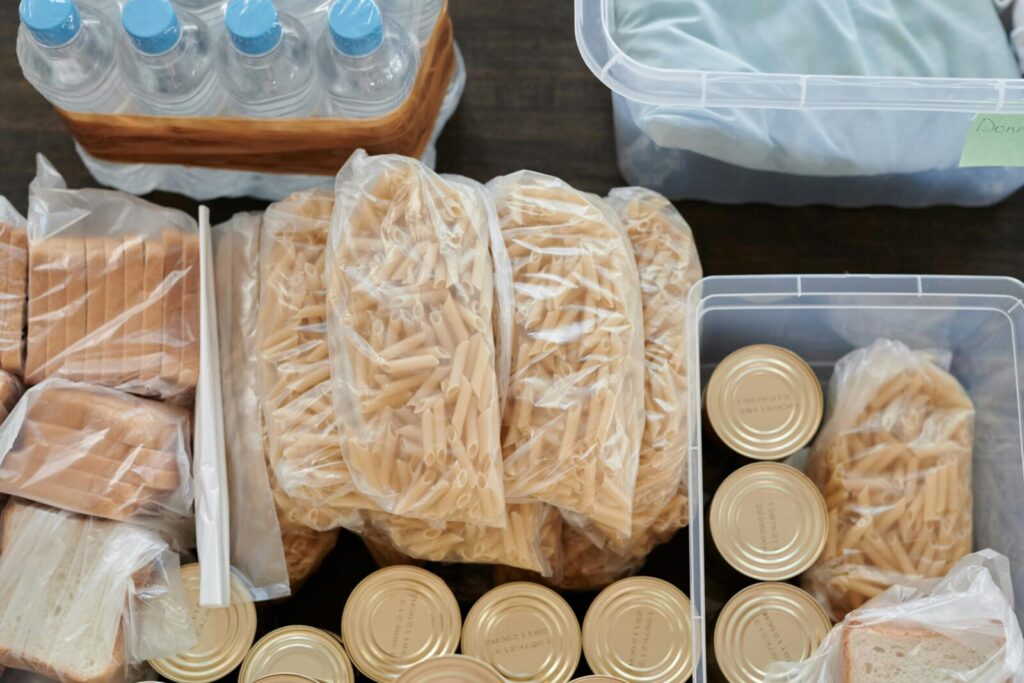
To some, it’s a pantry filled past reason. To others, it’s peace of mind. Bags of rice, boxes of pasta, and rows of canned soup, some newer, some expired, fill the shelves. This habit stems from one simple truth: hunger leaves a scar that never fades. People who grew up poor learned that having extra food on hand meant safety. Even when life gets better, that instinct stays. Stocking up isn’t hoarding; it’s protection. It’s a reassurance that no matter what happens tomorrow, there will be something warm to eat today.
10. Mismatched Dishes and Cups
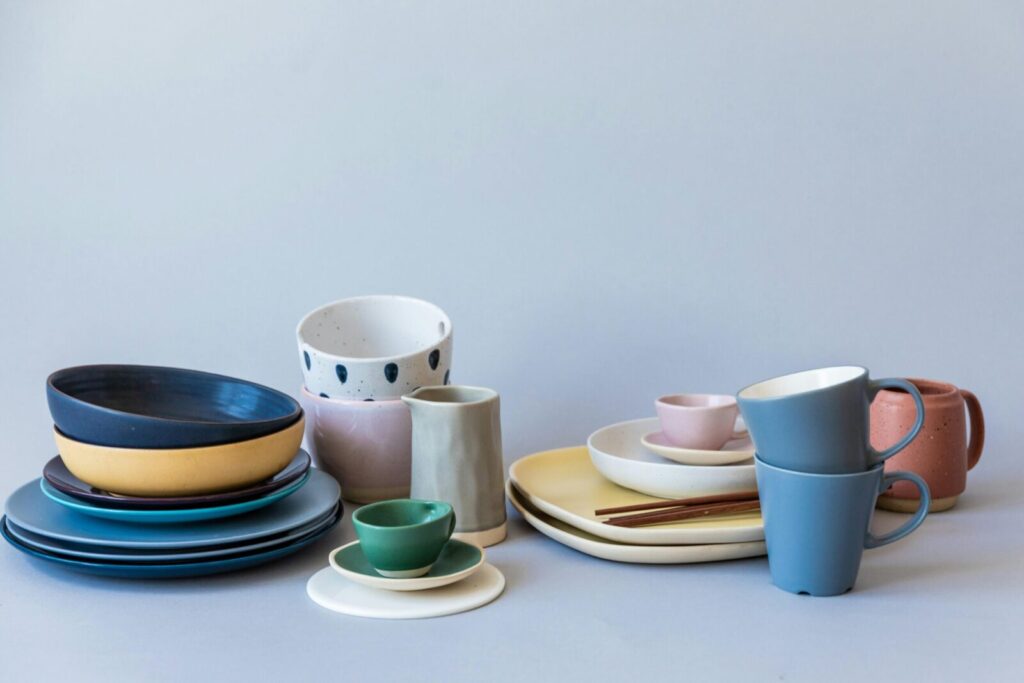
Meals in these homes never looked picture-perfect, but they were rich in ways that truly mattered. Plates from garage sales, cups from different decades, and bowls that don’t match every item brought their own story. Guests were served with whatever was available, and no one cared what it looked like. Growing up poor teaches you that togetherness matters far more than presentation. Even now, those mismatched dishes remain symbols of warmth and community, proof that hospitality comes from the heart, not from a coordinated dinner set.
11. Homemade Decorations and Crafts

People who grew up poor turned necessity into artistry. Old bottles became vases, worn fabrics became curtains, and jars were transformed into lanterns. Holidays weren’t about spending, they were about creating. Every decoration carried fingerprints of imagination and effort. Even now, these habits linger, not out of frugality but love. There’s something deeply personal about a home where beauty is handmade. Each craft holds a small piece of pride, a reminder that joy can bloom from even the simplest materials when shaped by heart.
12. A Reluctance to Waste Anything
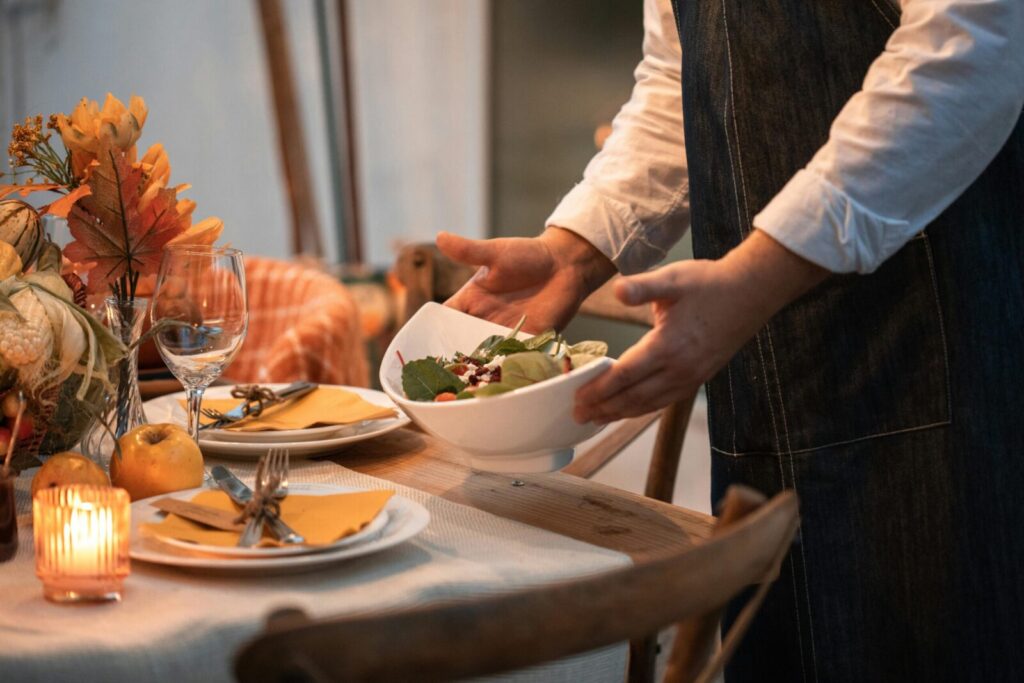
Perhaps the strongest habit that remains is the inability to waste. People who grew up poor find it nearly impossible to throw away good food, old clothes, or even small leftovers. It’s not stinginess, it’s memory. Waste feels disrespectful to the struggles that came before. Leftovers become tomorrow’s meal, worn clothes become rags, and old bottles turn into storage. This isn’t frugality; it’s reverence, a lifelong reminder that once, having a little meant everything. To waste now would feel like forgetting where they came from.
Comments